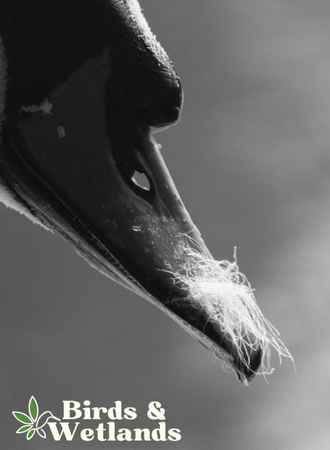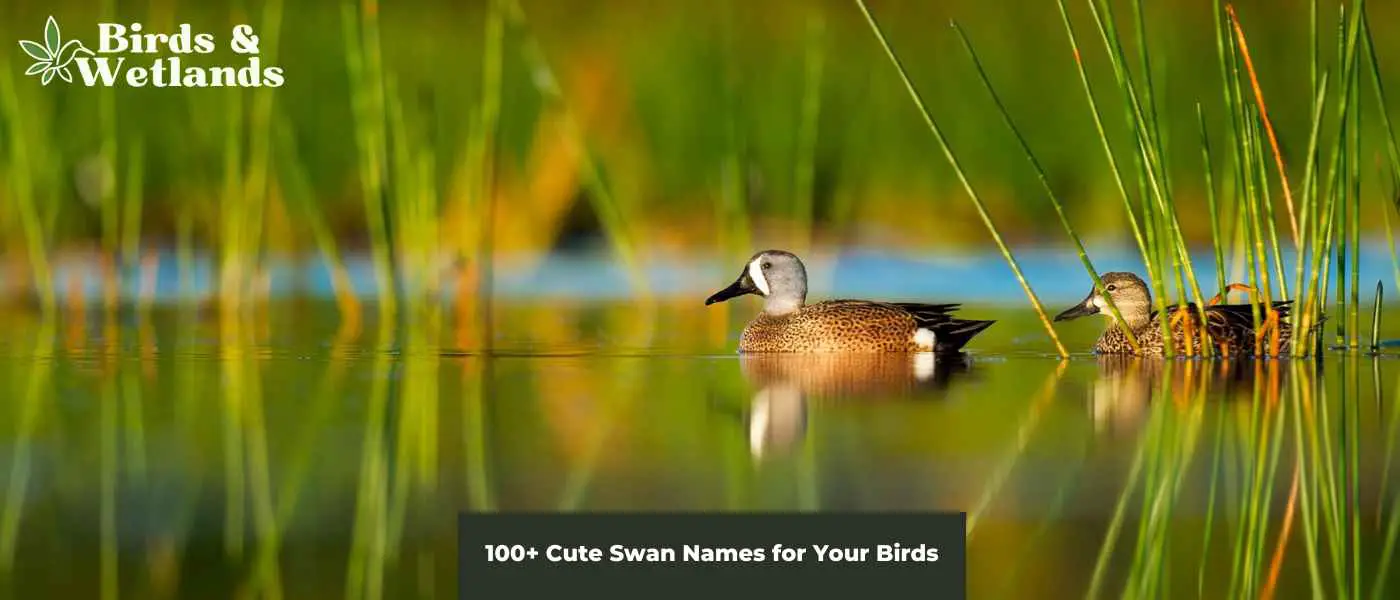Finding the perfect moniker for any pet can be tricky, but pet swans offer a special challenge. Devoted swan owners and others who love these graceful creatures want to find just the right name to suit each individual’s character and personality.
Swan names should not only reflect the beauty and serenity of these birds but also hint at their hardy spirit. Swans are strong and majestic animals that can live for many years; these names should consider.
From cute to funny, these swan names have stood the test of time and continue to inspire swan owners looking to pick the perfect name for their beloved pet.
How to find a name for your swan
A swan is a majestic bird that symbolizes grace, beauty, love, and loyalty. In literature and poetry, a swan is often used to represent the soul and its potential for transformation.
In many stories, a swan is seen as a symbol of new beginnings and hope for the future.
In some cultures, a swan is considered sacred and symbolizes transformation, renewal, and fertility. A swan’s graceful movements often evoke enchantment, peace, and serenity.
A swan is also a symbol of fidelity and loyalty since it will often mate for life and stay true to its mate.
Finally, swans are often seen as messengers of the divine, thus symbolizing spiritual enlightenment and higher understanding.
Here are some tips on how to come up with a name for your swan.
- Consider the swan’s physical characteristics: A swan’s color or markings can be a great inspiration for a name. For example, a swan with a black head could be named “Onyx” or “Midnight.”
- Think about the swan’s personality: Is your swan a graceful and serene bird? A name like “Lily” or “Elegance” might be fitting. Or is your swan more playful and energetic? A name like “Buddy” or “Ziggy” might be more appropriate.
- Look to mythology and literature for inspiration: Many cultures have stories and myths that feature swans, such as the Greek myth of Zeus transforming into a swan to seduce Leda. This could give you inspiration for a name.
- Consider a name with a nod to its species: Swan is such a unique bird, so you could consider a name that references its species such as “Cygnet” or “Mute”
- Keep it simple and easy to pronounce: As you will be calling your swan by its name, it is important to choose a name that is easy to pronounce and easy for your swan to learn to respond to. Avoid complex or hard-to-pronounce names that may be difficult for your swan to understand.
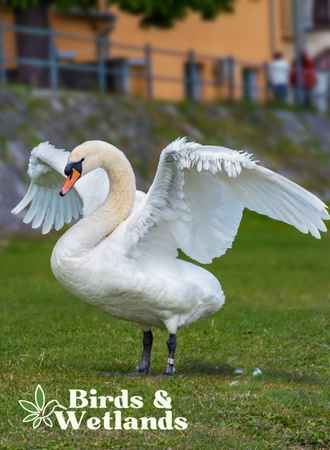
Adorable Swan Names
- Bella
- Snowflake
- Luna
- Angel
- Daisy
- Sun
- Lola
- Coco
- Misty
- Angelica
- Penelope
- Swanie
- Princess
- Snowy
- Bella Swan
- Angelique
- Lulu
- Rose
- Daisy Swan
- Misty Swan
- Snowball
- Penelope Swan
- Graceful
- Angelina
- Snow Queen
- Luna Swan
- Bella Swanie
- Coco Swan
- Angel Swan
- Daisy Belle
- Lola Swan
- Snowy Misty
- Angelica Swan
- Swan Princess
- Graceful Bella
- Luna Belle
- Trompette (French origin)
- Coco Angel
- Misty Lola
- Snow Queen Bella
- Penelope Luna
- Graceful Misty
- Angel Swanie
- Daisy Snowy
- Lola Angel
- Bella Snowball
- Coco
- Misty Penelope
- Angel Luna
- Daisy Angelica
Funny Swan Names
- Honk-a-doodle
- Sir Quacks-a-Lot
- The Great White Honker
- Sir Lance-a-lot
- Fluffybutt
- Sir Peck-a-Lot
- Mr. Waddlebottom
- Quackadoodle
- The Fluffy Majesty
- Sir Squawkalot
- The Honking Wonder
- Queen Swannabelle
- The Waddling Wonder
- Captain Quackbeard
- The Honkness Monster
- Sir Featherfluff
- The White Waddle
- Mr. Honkin’
- The Quackmaster
- The Honking Hero
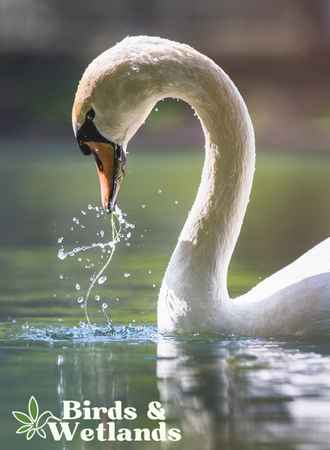
Names for Male Swans
- Boris
- Gulliver
- Caesar
- Hugh (patron saint of swans)
- Percy
- Honor
- Monty
- Miles (English origin, meaning merciful)
- Drake
- Cob (Middle English origins, cobbe)
- Harry
- Casper
- Dario
- Merlin
- King
- Fiachra & Conn (The brothers who were the children of Lir and were turned into swans in an Irish legend)
- Cornelius
- Clarence
- Oswald
- Peter
- Rupert
- Cygnet
- Fabian
- Gideon
- Stafford
- Prince
- William
- Lancelot
- Lockwood
- Royal Swan
- Galahad
Names for Female Swans
- Adele
- Aurora
- Bianca
- Cassia
- Goddess
- Lovely
- Daisy
- Schwan (German)
- Summer
- Svan (Swedish)
- Ella
- Freya
- Fenalla – An anglicized form of Fionnuala
- Giselle
- Helena
- Isla
- Juliet
- Kaya
- Layla
- Miranda
- Nicole
- Ophelia
- Queenie
- Snow White
- Rhea
- Sophia
- Tamara
- Odette from Swan Lake
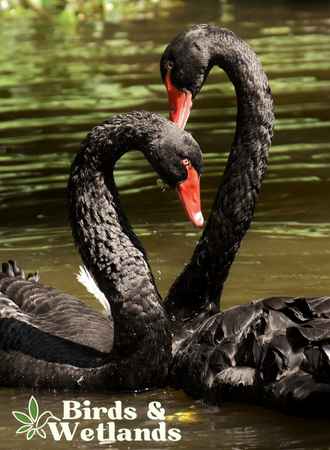
Mythical Names for Swans
- Nixie
- Echo
- Cygnet
- Solstice
- Andromeda
- Poseidon
- Thalia
- Sirius
- Juno
- Phoenix
- Chiron
- Circe
- Calypso
- Helios
- Perseus
- Aetna
- Zeus
- Alcyone
- Argo
- Demeter
- Leda
- Midas
- Uranus
- Aurora
- Apollo
Related Questions on Swans
Do mute swans mate for life?
Mute swans are known for having strong romantic partnerships in which they mate and form life-long pair bonds, while typically remaining monogamous.
When two swans form a bond, they will remain together even during the harsh winter when many other animals separate and go their own ways.
Mating can occur anytime from late March through early August, with peak activity occurring in April and May.
During courtship, the male and female perform an aerial dance involving chasing each other around in circles, intertwining necks and bowing to each other frequently.
They may also swim in circles around one another, accompanied by vocalizations, before finally touching bills as a sign of commitment to each other.
Once mated, the pair builds a nest of vegetation lined with down feathers plucked by the female from her own breast. The male helps bring materials to the nest site but does not participate in building it himself.
The female lays 3-7 eggs, and both parents share incubation duties for about 35 days until hatching occurs. While incubation is ongoing, both swans remain close to their nest, vigilantly guarding it against predators.
After hatching, both parents feed and protect their cygnets from danger until they are ready to fly some 7-10 weeks later.
Mute swans usually maintain their life-long connections, but if one dies, the surviving partner tends to grieve for a period before finding a new mate.
They have also been observed forming triads, such as when one adult bird works with its former mate’s offspring to raise young or when two males join forces with an older female to protect or feed cygnets. Such behavior is considered evidence of complex socialization patterns within mute swan communities that involve long-standing relationships between individuals, often extending beyond traditional mating practices.
If a male loses his mate and finds a young female to pair with, she moves into his territory. If he mates with a female who is older, they go to her nesting site.
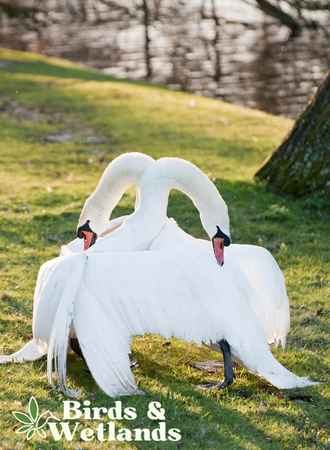
What are the preferred habitats of the trumpeter swan?
The trumpeter swan (Cygnus buccinator) is a large, majestic waterfowl native to North America. It is the largest waterfowl in the world, with an average wingspan of 6-7 feet and weighing up to 30 pounds.
Trumpeter swans are known for their distinctive call, a loud, low-pitched honking sound.
Trumpeter swans prefer habitats that provide plenty of open water and access to food sources. They are found in various aquatic habitats, including lakes, rivers, marshes, ponds, and estuaries. They prefer shallow, open water with plenty of vegetation, such as pondweed, bulrush, and sedges.
In the winter, this white swan may move to deeper, open water or larger bodies of water, such as the Great Lakes, with family members and other species.
Trumpeter swans also need access to dry land areas for nesting, resting, and foraging. They typically nest in wetlands, such as marshes, wet meadows, and bogs. They also use upland areas, such as grasslands, pastures, and fields, for foraging.
Trumpeter swans are often found in areas with low human disturbance, as they are sensitive to human activity. They are also susceptible to water pollution, so they tend to avoid areas with high levels of contaminants.
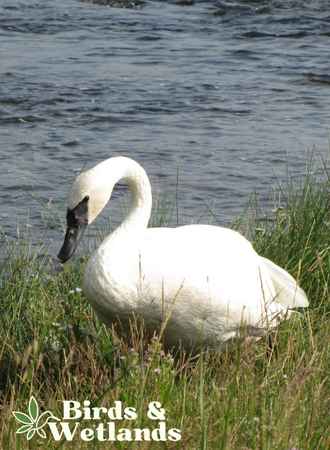
What is the status of the black swan in North America?
The Australian black swan (Cygnus atratus) is not native to North America and is not considered established in the wild. The species is not currently listed as threatened or endangered in North America. However, there have been occasional sightings of the species in the wild.
In recent years, there have been a few reports of Australian black swans being released into the wild in North America, either intentionally or accidentally.
In some cases, these birds have established small breeding populations. However, due to the difficulty of tracking and monitoring these birds, it is difficult to determine the exact population size or range of these populations.
The Australian black swan is also kept as an ornamental bird in captivity in North America. These birds are often kept in collections, zoos, and aviaries.
Can you own a tundra swan in North America?
In North America, it is illegal to own a tundra swan as they are protected under the Migratory Bird Treaty Act. This means that it is prohibited to take, possess, import, export, transport, sell, purchase, barter, or offer for sale, purchase, or barter, any migratory bird, or the parts, nests, or eggs of such a bird except under the terms of a valid permit issued pursuant to Federal regulations. Violations of the Act can result in fines and/or imprisonment.
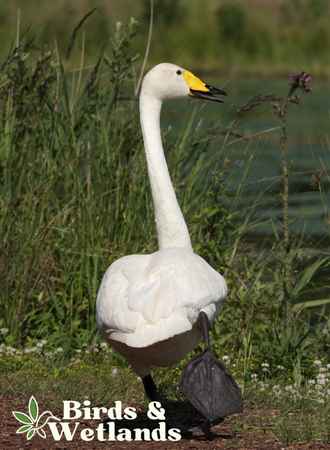
Are swan feathers waterproof?
Swans have long been admired and treasured for their physical beauty and grace. Ever wondered, however, what makes them glide so effortlessly through the water? It all comes down to a swan’s feather—each containing a unique structure that is both lightweight and waterproof.
